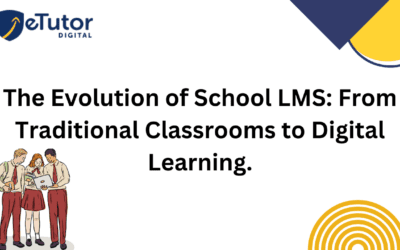Learning Management System: Types, Benefits and Features
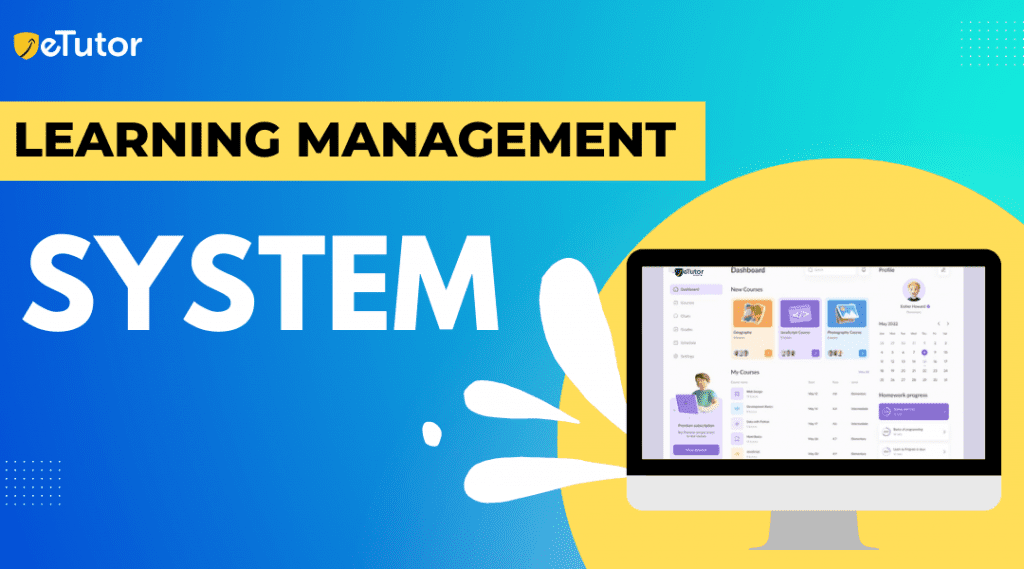
Schools are adopting technology to improve teaching and learning experiences as the educational landscape evolves. Learning Management Software (LMS) are one such tool that has grown in popularity.
In this article, we will look at the benefits, features, and deployment of learning management systems (LMS) in school.
Settings, revealing its potential to revolutionize education and empower both instructors and students.
What is Learning Management System?
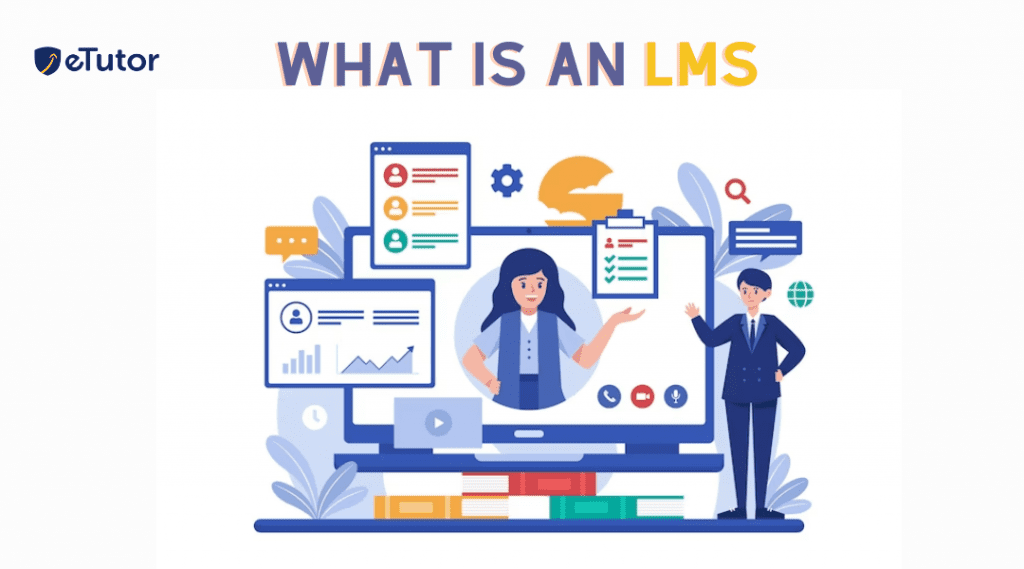
Learning Management System (LMS) refer to digital platforms designed to support and streamline various aspects of education. In the school context, LMS serves as a centralized hub for managing courses, resources, and communication.
It facilitates a more efficient and interactive learning experience for students while empowering teachers with robust tools and LMS features.
Types of Learning Management System in Schools
Academic LMS: Academic LMS platforms are developed to help schools organise and deliver educational courses and materials.
They include features for teachers, students, and parents such as course development, lesson planning, assignment administration, grading, and communication tools.
VLE (Virtual Learning Environment): VLEs are sophisticated LMS platforms created primarily for educational institutions.
Course management, material creation and sharing, examinations, discussion forums, grade tracking, and student performance analysis are just a few of the tools available.
CMS (Course Management System): CMS platforms manage and organise course content and resources. They offer curriculum mapping, lesson planning, content sharing, and scheduling solutions.
CMS platforms can be combined with other tools or systems to provide a complete learning environment.
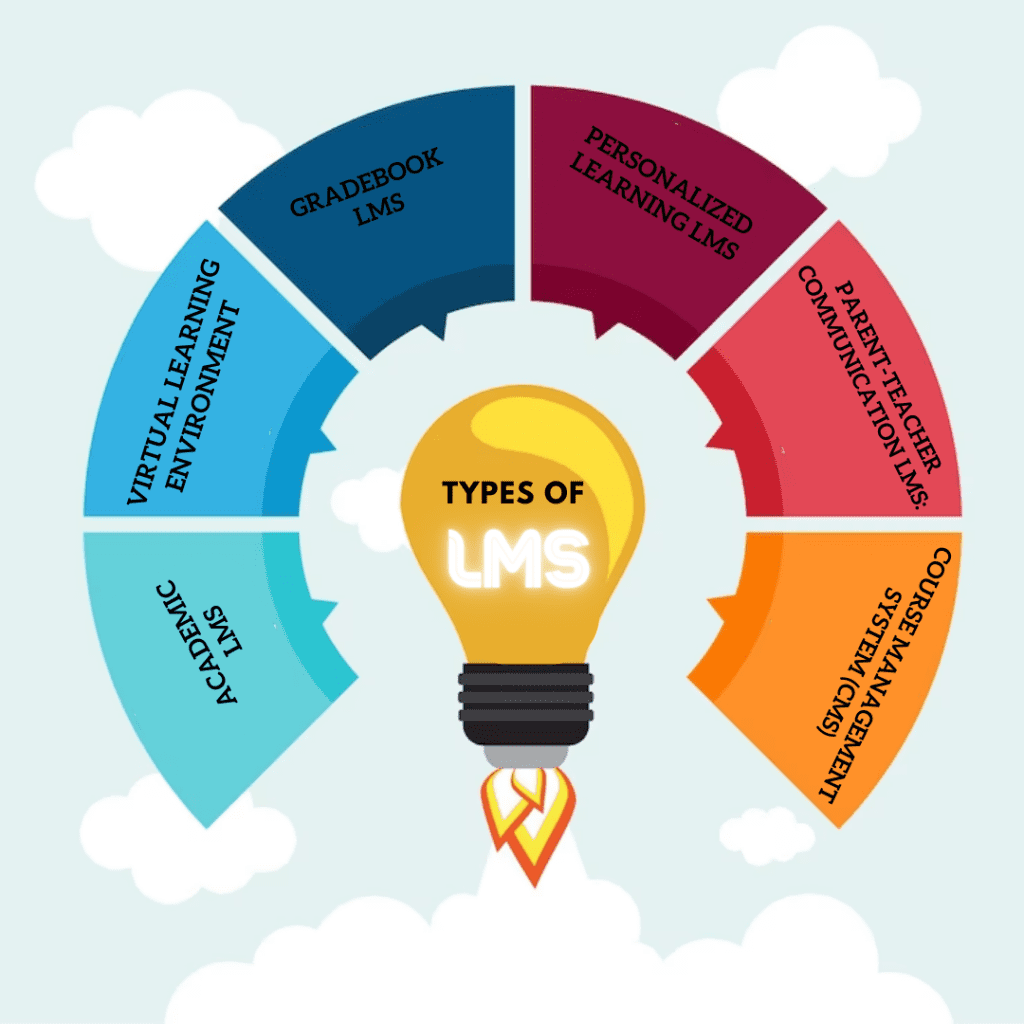
Gradebook LMS: The primary focus of these LMS platforms is on managing and tracking student grades and performance.
They frequently connect with other systems, such as student information systems (SIS), to expedite grading and provide a holistic perspective of student progress.
Personalized Learning LMS: These LMS platforms support personalised learning approaches by offering adaptive learning paths, individualised evaluations, and tailored material recommendations depending on the requirements and abilities of each student.
Parent-Teacher Communication LMS: These LMS platforms focus on facilitating communication and collaboration between parents and teachers.
They provide tools for sharing student progress, attendance records, assignments, and messaging to keep parents informed and engaged in their child’s education.
Benefits of Implementing Learning Management System in Schools
A. Streamlined Course Management:

The learning management system (LMS) provides a centralized platform for teachers to develop, organize, and manage course content. It makes it easier to share resources, assign and grade assignments, and facilitate better communication between teachers and students.
LMS reduces administrative procedures and saves teachers significant time by eliminating the need for physical paperwork.
B. Enhanced Student Engagement and Collaboration

LMS offers interactive features that boost student engagement and collaboration. Multimedia-rich learning experiences, such as videos and interactive quizzes, make learning more captivating and enjoyable.
LMS also provides tools for group projects, discussion boards, and virtual classrooms, fostering collaboration and teamwork among students.
C. Accessible and Flexible Learning:
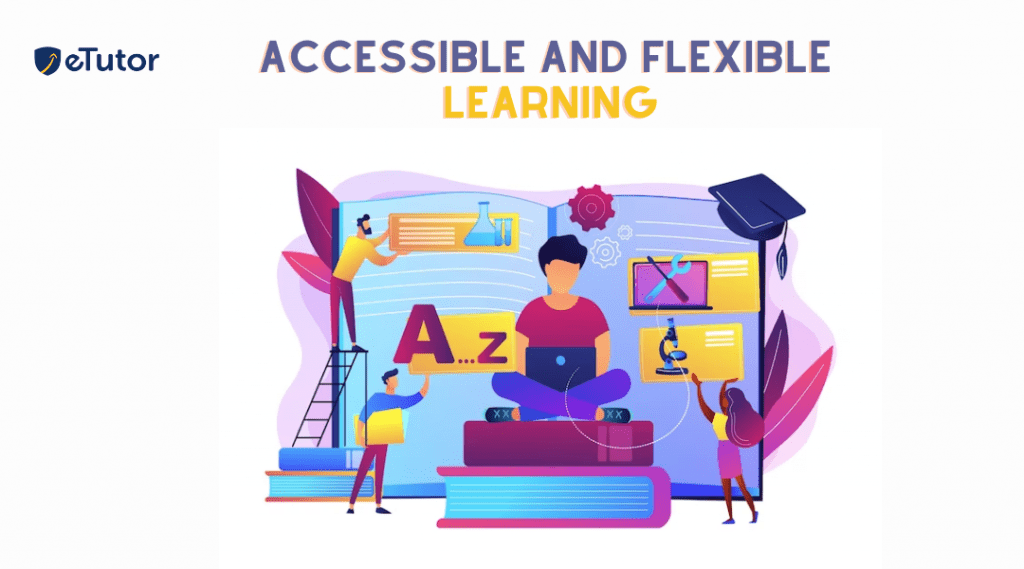
LMS enables anytime, anywhere access to course materials, allowing students to learn at their own pace and convenience. Whether in a traditional classroom or a remote learning environment, students can access resources, complete assignments, and communicate with their teachers and peers.
LMS supports personalized learning pathways and accommodates different learning styles.
Key Features of LMS for Schools:
A. Course Creation and Management:

LMS platforms provide easy-to-use interfaces for teachers to build and organize courses. Teachers can upload and share information, create interactive classes, and manage assignments and evaluations with ease.
LMS also enables simple customization of course structures to fit unique educational objectives.
B. Communication and Collaboration:

To improve interaction between teachers, students, and parents, LMS includes a variety of communication and collaboration options.
Discussion boards, chat features, and video conferencing capabilities facilitate communication and encourage participation.
C. Assessment and Progress Tracking:
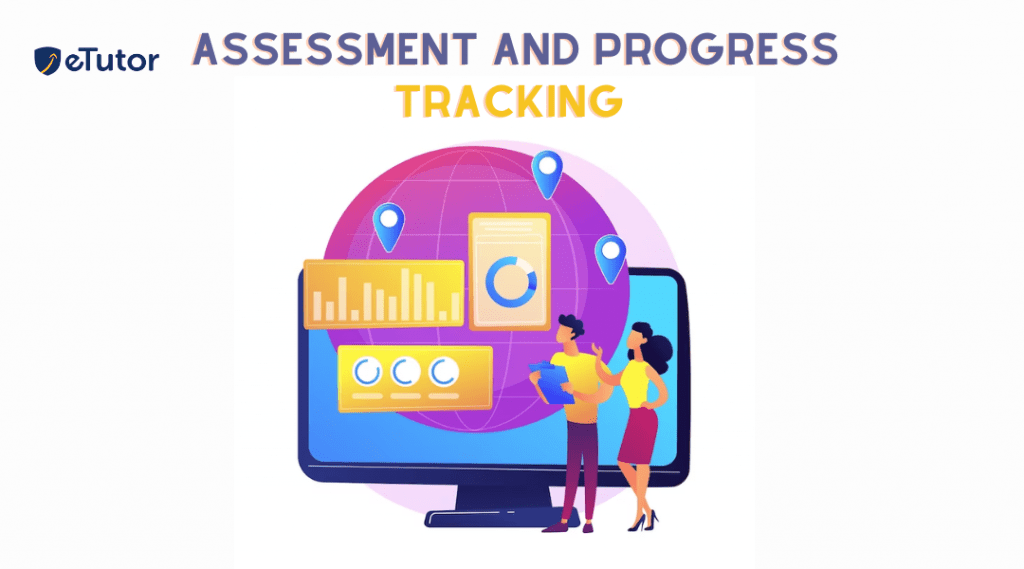
LMS platforms include extensive assessment and progress tracking capabilities. Teachers can construct online assessments, automate grading, and provide students with rapid feedback.
The LMS creates detailed statistics and analytics that allow teachers to track student achievement, identify areas for improvement, and modify lessons accordingly.
IV. Implementing LMS in Schools:
A. Planning and Preparation:

For LMS deployment, schools must establish clear goals and objectives. They should examine their demands and choose an LMS platform that meets their needs.
Creating a detailed implementation plan facilitates a smooth transition and successful integration of the LMS into current systems.
B. Training and Support:
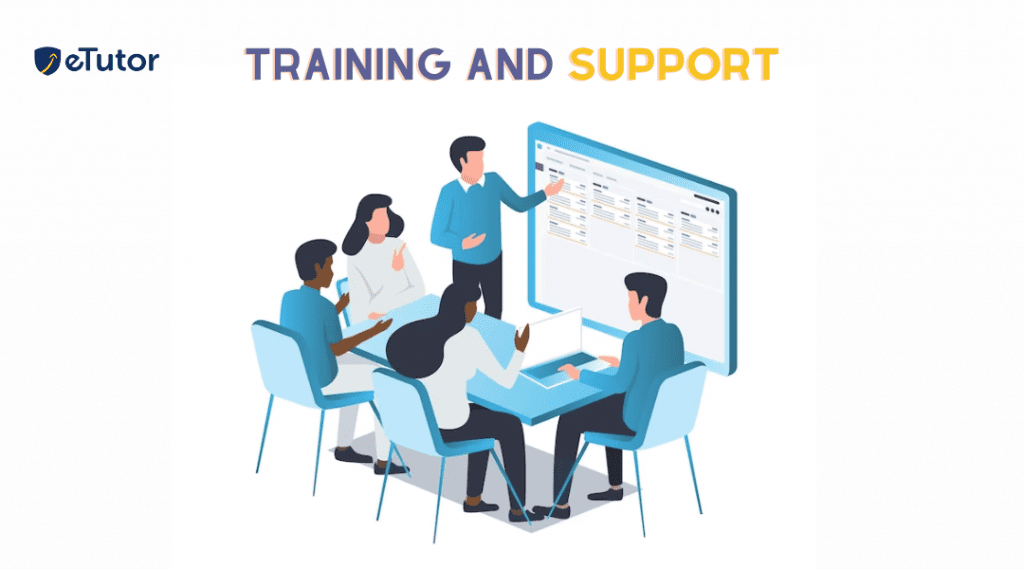
Training and continuing assistance are essential for successful LMS installation. To familiarize instructors, administrators, and students with the features and functionalities of the LMS platform, schools should conduct extensive training.
Creating a support system for technical assistance and ongoing professional development also ensures a good LMS experience.
C. Integration with Existing Systems:
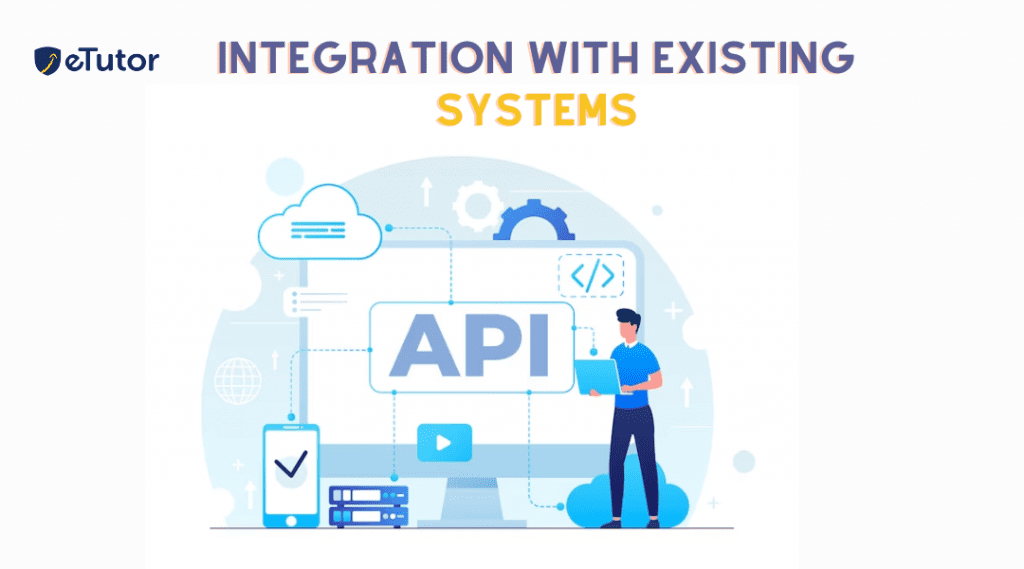
Integrating a learning management system (LMS) with other educational software and resources is critical for a smooth educational ecosystem. Collaboration with IT departments helps assure compatibility while also addressing infrastructure and technical needs.
Schools should also consider data integration and interoperability to enable efficient data exchange across platforms.
Success Stories and Real-World Examples:
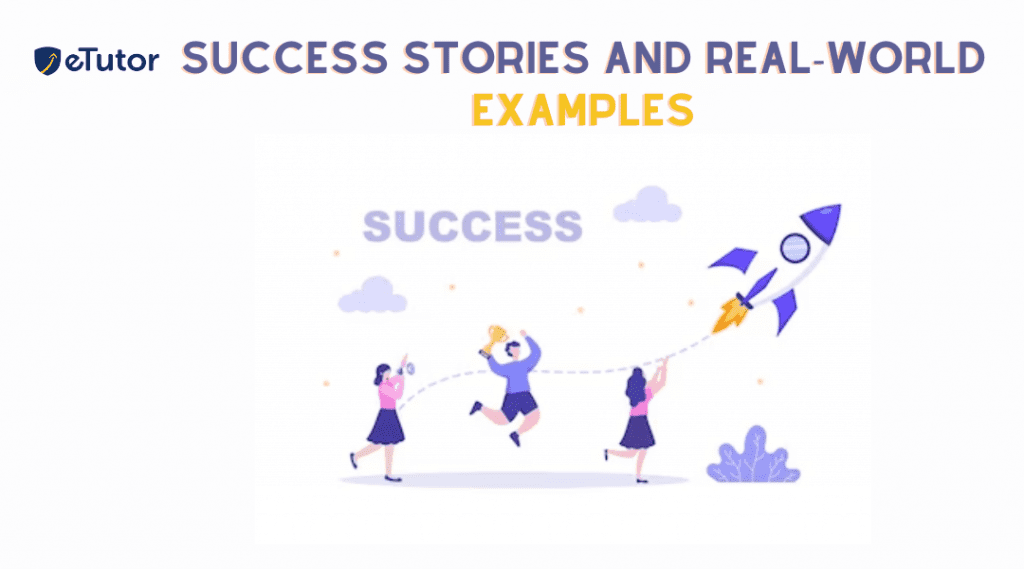
Several schools have successfully utilized LMS and seen transformative results. These success stories illustrate greater student engagement, increased instructor efficiency, and improved learning results.
Real-world examples motivate other schools to Benefits of LMS and reap its personally.
Conclusion:
Learning Management Systems (LMS) have the potential to transform classroom instruction. LMS helps educators and students alike by improving course management, increasing student participation, and enabling flexible learning options.
Schools are encouraged to adopt learning management systems (LMS) as a potent tool for altering education, preparing students for the future, and providing a dynamic and engaging learning environment.
Recent Posts
- eTutor Offline Exam Software for IIT-JEE, NEET, and Foundation with Student Performance Analytics
- NEET Test Generator for Academies & K-12 Schools
- How School ERP Software Maximizes Productivity and Minimizes Cost
- How Does ERP Software for Schools Help Educators?
- Why Educational Institutions Need Online Exam Software in 2025





